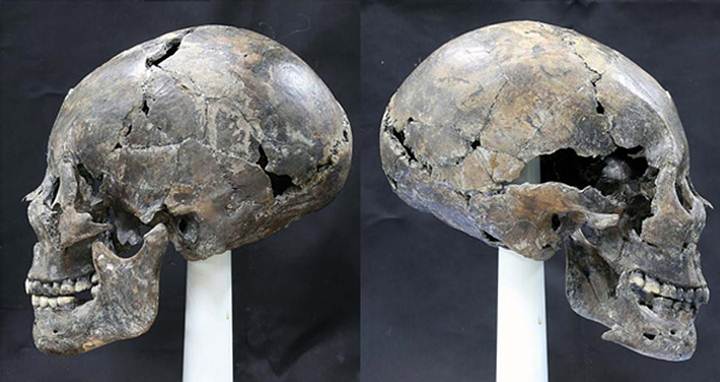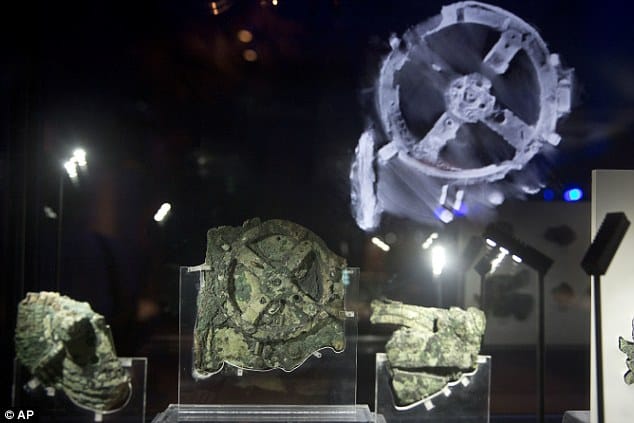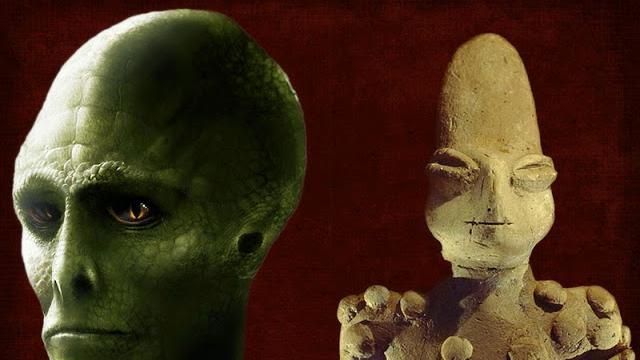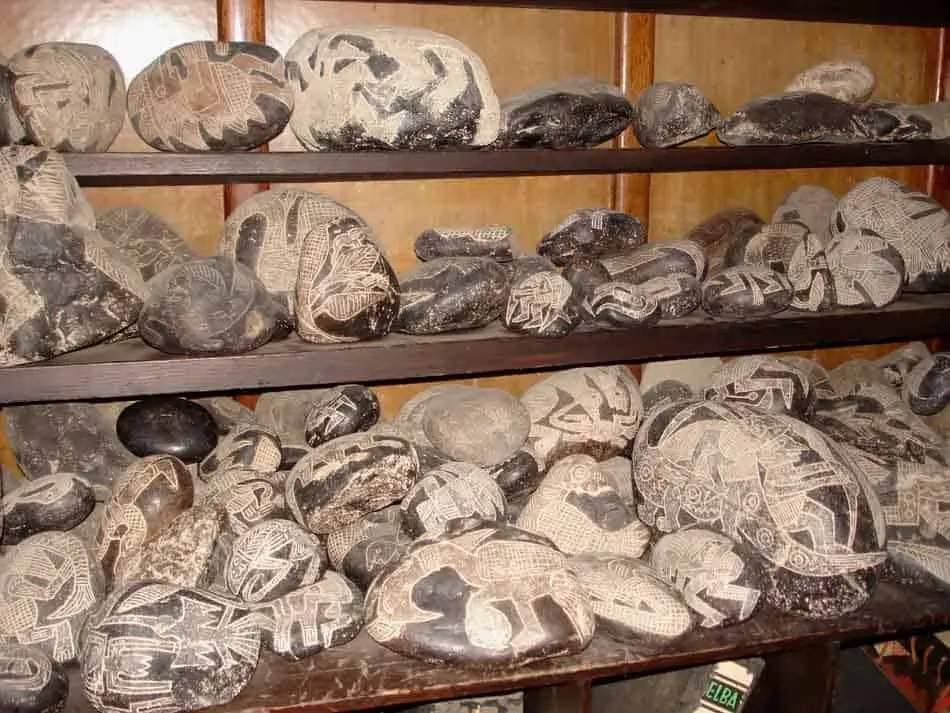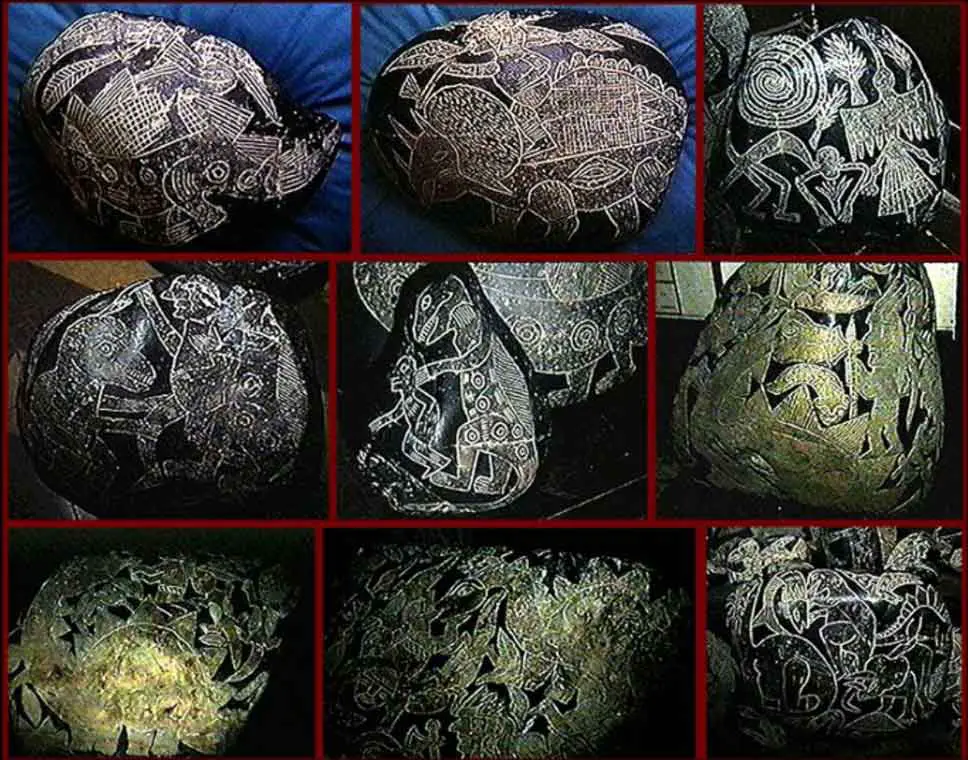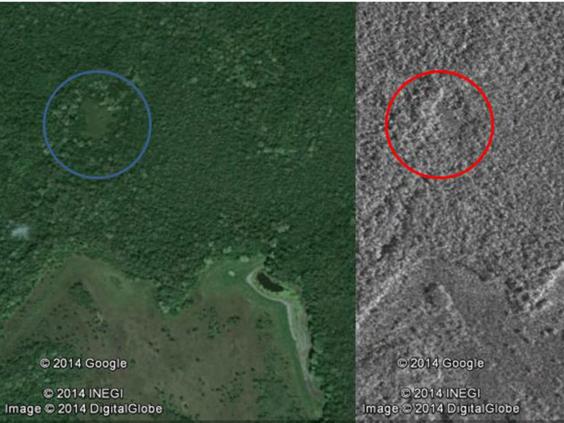
A teenager from Canada has ‘discovered’ what researchers are calling one of the largest, previously unknown ancient cities belonging to the Maya.
A Canadian teenager called William Gadoury surely will become one of the youngest archaeologists to ever find a lost ancient city. The teenager found a very particular method to locate a Mayan city based on constellations. He discovered the ruins in the Yucatan Peninsula which he called K ‘AAK’ Chi ‘(mouth of fire).
According to an article in the Canadian newspaper Le Journal de Montreal, the young adolescent didn’t only discover a previously unknown Mayan city, but one of the largest ones ever found. It all started with the idea that this indigenous civilization created their cities in correlation with the stars. So, thanks to the Madrid Codex, Gadoury found 22 Mayan constellations which he placed on Google Maps.
By doing that, he realized that the stars matched the location of 117 Ancient Mayan Cities. Gadoury noticed that the brightest stars coincided with those most important ancient cities. Then he analyzed a twenty-third constellation which he found in another book and found it contained three stars corresponding to only two cities on the map, His hypothesis, then, was that there had to be the 188th city in a remote and inaccessible area of the Yucatan Peninsula.

‘I was really surprised and excited when I realised that the most brilliant stars of the constellations matched the largest Maya cities.’ He told The Journal of Montreal.
The photographs revealed linear features that ‘stuck out,’ Daniel De Lisle, from the Canadian Space Agency told The Independent.
‘There are linear features that would suggest there is something underneath that big canopy,’ he said.
According to Armand La Rocque, from the University of New Brunswick, one of the satellite images show what appear to be a network of roads which lead towards a large square, which could be a large pyramid.
‘A square is not natural, it is mostly artificial and can hardly be attributed to natural phenomena,’ he said.
Researchers believe that around 30 buildings might accompany the impressive pyramid at the ancient site. Interestingly, if the discovery turns out to be true, the newly discovered ancient city could become one of the five larges known ancient sites built by the ancient Maya.
‘What is fascinating about the project of William, is the depth of his research,“ told Mr de Lisle to The Journal of Montreal
‘Linking the position of stars and the location of a lost city and the use of satellite images on a tiny territory to identify the remains buried under dense vegetation, is quite exceptional.’
According to Dr. La Rocque, the revolutionary technique introduced by Mr. Gadoury could help archaeologists to pinpoint the location of more possible lost Mayan metropolises. According to reports, the teenager would like to see the Mouth of Fire for himself since no one has ventured into the jungle in order to confirm his discovery.
The incredible discovery made by Mr. Gadoury will be presented at Brazil’s International Science fair in 2017 and published in a journal.
The Ancient Maya lived in parts of modern-day Mexico, Belize, Guatemala, El Salvador and Honduras. They were considered as one of the most sophisticated and advanced civilizations in the Western Hemisphere. According to researchers, the Maya were responsible for several remarkable scientific achievements–in astronomy, agriculture, and engineering.

